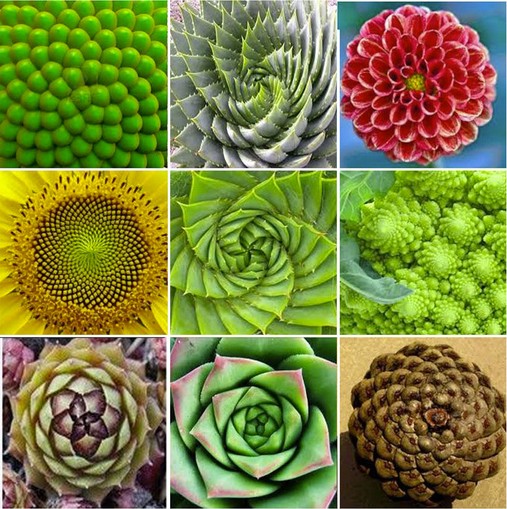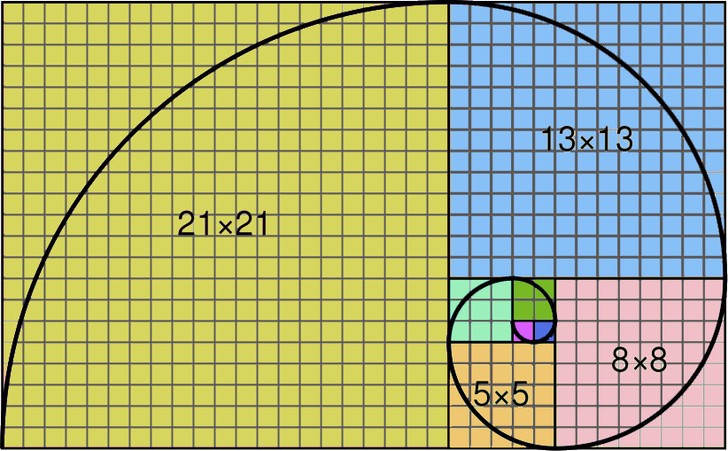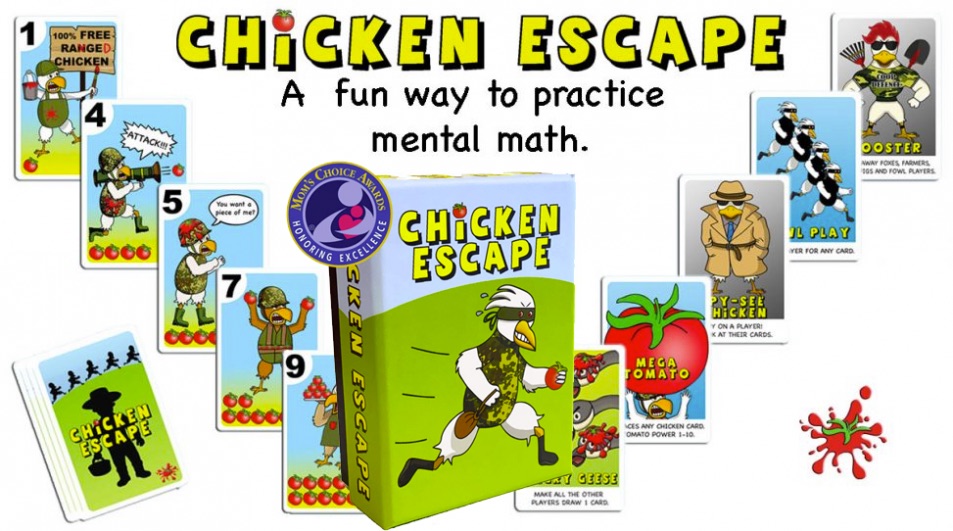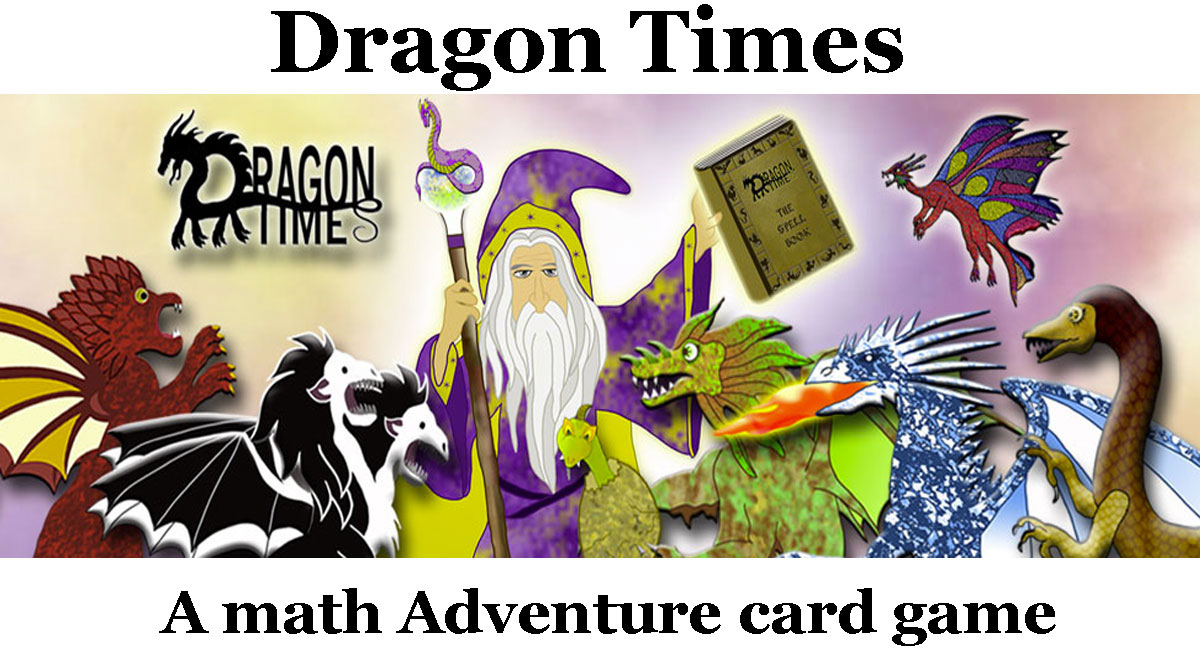Fibonacci was an Italian mathematician who studied math and theories back in the 11th century. He was one of the first Europeans to write about algebra. His most important book, Liber abaci promoted the use of Hindu-Arabic numerals in Europe.
Fibonacci is probably best known for his famous sequence. The Fibonacci sequence is a series of numbers that starts with 0 and 1 and each number after is found by adding the two previous numbers.
0, 1, 1, 2, 3, 5, 8, 13, 21 34, 55, 89,144
The sequence just keeps going on and on.
Fibonacci introduced this sequence in conjunction with a problem dealing with the offspring of rabbits. The numbers in the sequence can quickly provide the total number of rabbits in a population after any number of generations.
Later on, mathematicians and other scientists discovered many examples of the Fibonacci sequence in nature. Botanists observed that the patterns of leaf buds on some stems followed the Fibonacci sequence. The spiral seeds in the head of a sunflower follow the same sequence as do the petals on artichokes, the scales on pineapples and many more shapes in nature.
The further along the Fibonacci sequence you go, the closer the ratio between successive numbers in the sequence gets to Phi, or 1.618, which is the Golden Ratio.
To see a Fibonacci spiral, draw a series of squares with sides the length of the numbers in the sequence: a 1×1 square, a 2×2 square, a 3×3 square, 5×5 and so on until you get something that looks like this.
The Fibonacci sequence contains many fascinating number relationships and patterns. Some of these relationships and patterns will be very interesting to explore with students depending on their age and grade level.
For example,
1. The sum of the squares of any two consecutive Fibonacci numbers is always another Fibonacci number.
2. The sum of any ten consecutive Fibonacci numbers is always evenly divisible by 11.
Verifying the theories above are can be an interesting activity for students. Moreover, students can try to discover these or more relationships by themselves.
Try out these Fibonacci series worksheets with your students.
Impress your students with this Fibonacci sequence trick.
Here is another post with great activities by Mensa for kids.



